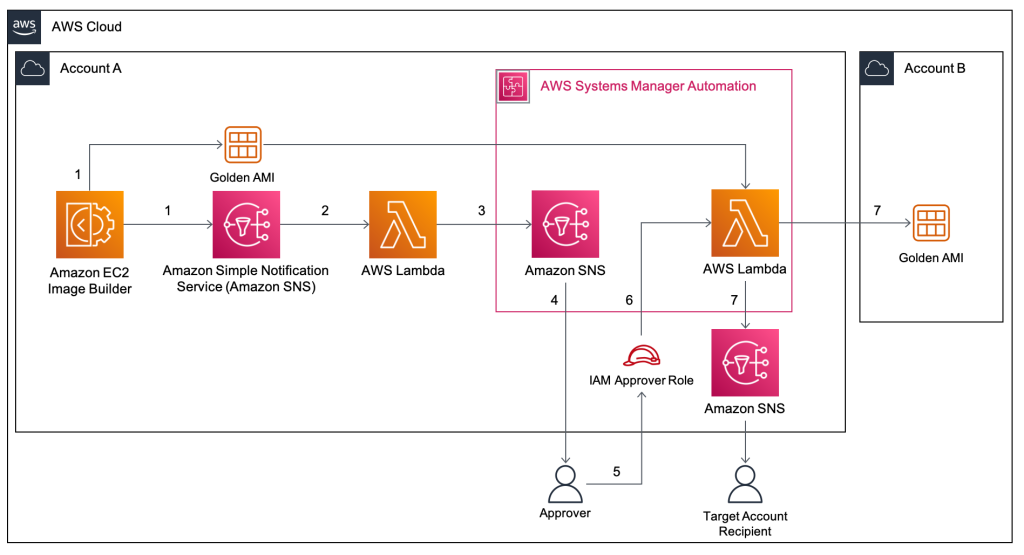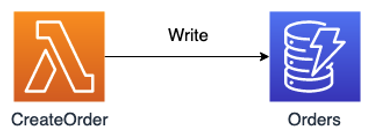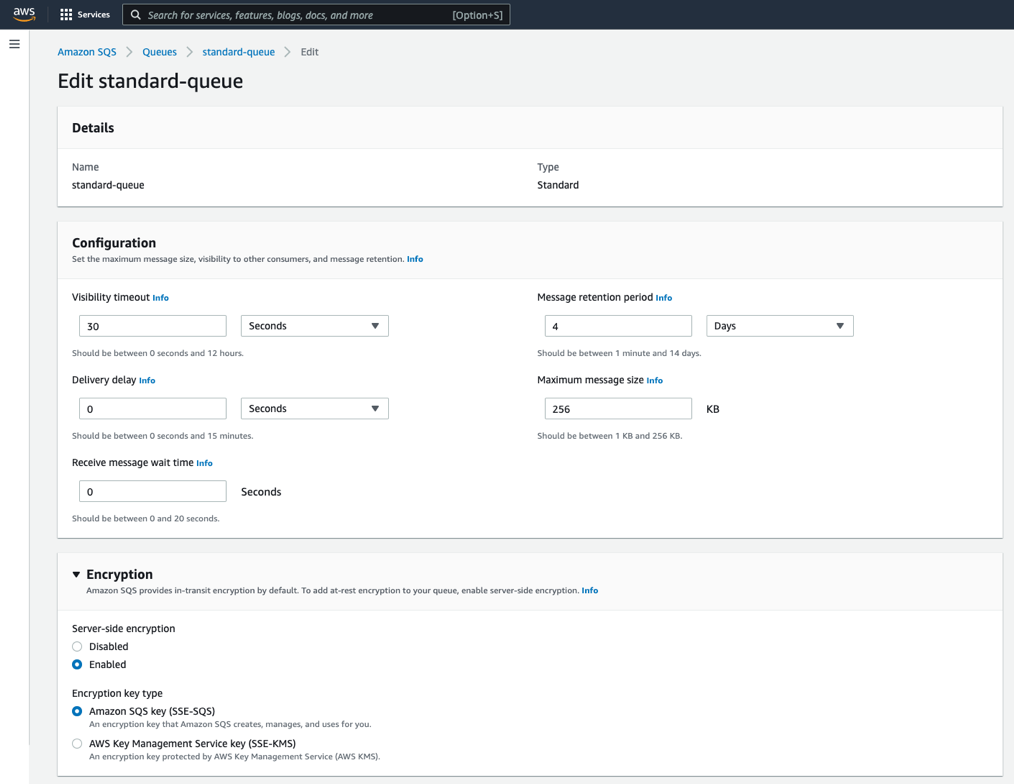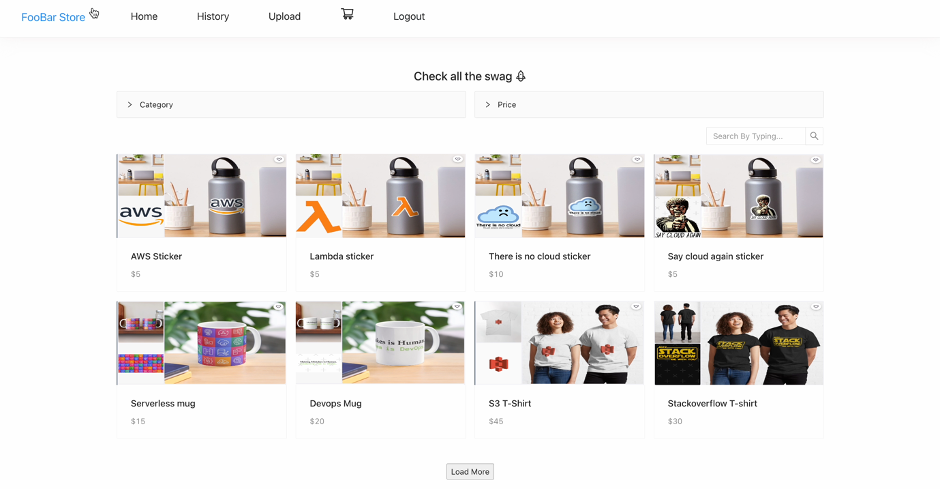AWS Compute Blog
Propagating valid mTLS client certificate identity to downstream services using Amazon API Gateway
This blog written by Omkar Deshmane, Senior SA and Anton Aleksandrov, Principal SA, Serverless. This blog shows how to use Amazon API Gateway with a custom authorizer to process incoming requests, validate the mTLS client certificate, extract the client certificate subject, and propagate it to the downstream application in a base64 encoded HTTP header. This […]
Adding approval notifications to EC2 Image Builder before sharing AMIs
This blog post is written by, Glenn Chia Jin Wee, Associate Cloud Architect, and Randall Han, Professional Services. You may be required to manually validate the Amazon Machine Image (AMI) built from an Amazon Elastic Compute Cloud (Amazon EC2) Image Builder pipeline before sharing this AMI to other AWS accounts or to an AWS organization. […]
Simplifying serverless permissions with AWS SAM Connectors
This post written by Kurt Tometich, Senior Solutions Architect, AWS. Developers have been using the AWS Serverless Application Model (AWS SAM) to streamline the development of serverless applications with AWS since late 2018. Besides making it easier to create, build, test, and deploy serverless applications, AWS SAM now further simplifies permission management between serverless components […]
Best Practices for Hosting Regulated Gaming Workloads in AWS Local Zones and on AWS Outposts
This blog post is written by Shiv Bhatt, Manthan Raval, and Pawan Matta, who are Senior Solutions Architects with AWS. Many industries are subject to regulations that are created to protect the interests of the various stakeholders. For some industries, the specific details of the regulatory requirements influence not only the organization’s operations, but also […]
Announcing server-side encryption with Amazon Simple Queue Service -managed encryption keys (SSE-SQS) by default
SQS now provides server-side encryption (SSE) using SQS-owned encryption (SSE-SQS) by default. This enhancement makes it easier to create SQS queues, while greatly reducing the operational burden and complexity involved in protecting data.
ICYMI: Serverless Q3 2022
Welcome to the 19th edition of the AWS Serverless ICYMI (in case you missed it) quarterly recap. Every quarter, we share all the most recent product launches, feature enhancements, blog posts, webinars, Twitch live streams, and other interesting things that you might have missed! In case you missed our last ICYMI, check out what happened […]
Integrating Amazon MemoryDB for Redis with Java-based AWS Lambda
This post is written by Mansi Y Doshi, Consultant and Aditya Goteti, Sr. Lead Consultant. Enterprises are modernizing and migrating their applications to the AWS Cloud to improve scalability, reduce cost, innovate, and reduce time to market new features. Legacy applications are often built with RDBMS as the only backend solution. Modernizing legacy Java applications […]
Deploying Local Gateway Ingress Routing on AWS Outposts
This post is written by Leonardo Solano, Senior Hybrid Cloud Solution Architect and Chris Lunsford, Senior Specialist Solutions Architect, AWS Outposts. AWS Outposts lets customers use the same Amazon Virtual Private Cloud (VPC) security mechanisms, such as security groups and network access control lists, to control traffic flows for on-premises applications running on Outposts. Some […]
Lifting and shifting a web application to AWS Serverless: Part 2
In this two-part article, you learn if it is possible to migrate a non-serverless web application to a serverless environment without changing much code. You learn different tools that can help you in this process, like AWS Lambda Web Adaptor and AWS Amplify, and how to solve some of the typical challenges that we have, like storage and authentication.
Lifting and shifting a web application to AWS Serverless: Part 1
In this article, you learn if it is possible to migrate a non-serverless web application to a serverless environment without changing much code. You learn different tools that can help you in this process, like the AWS Lambda Web Adaptor and AWS Amplify.









